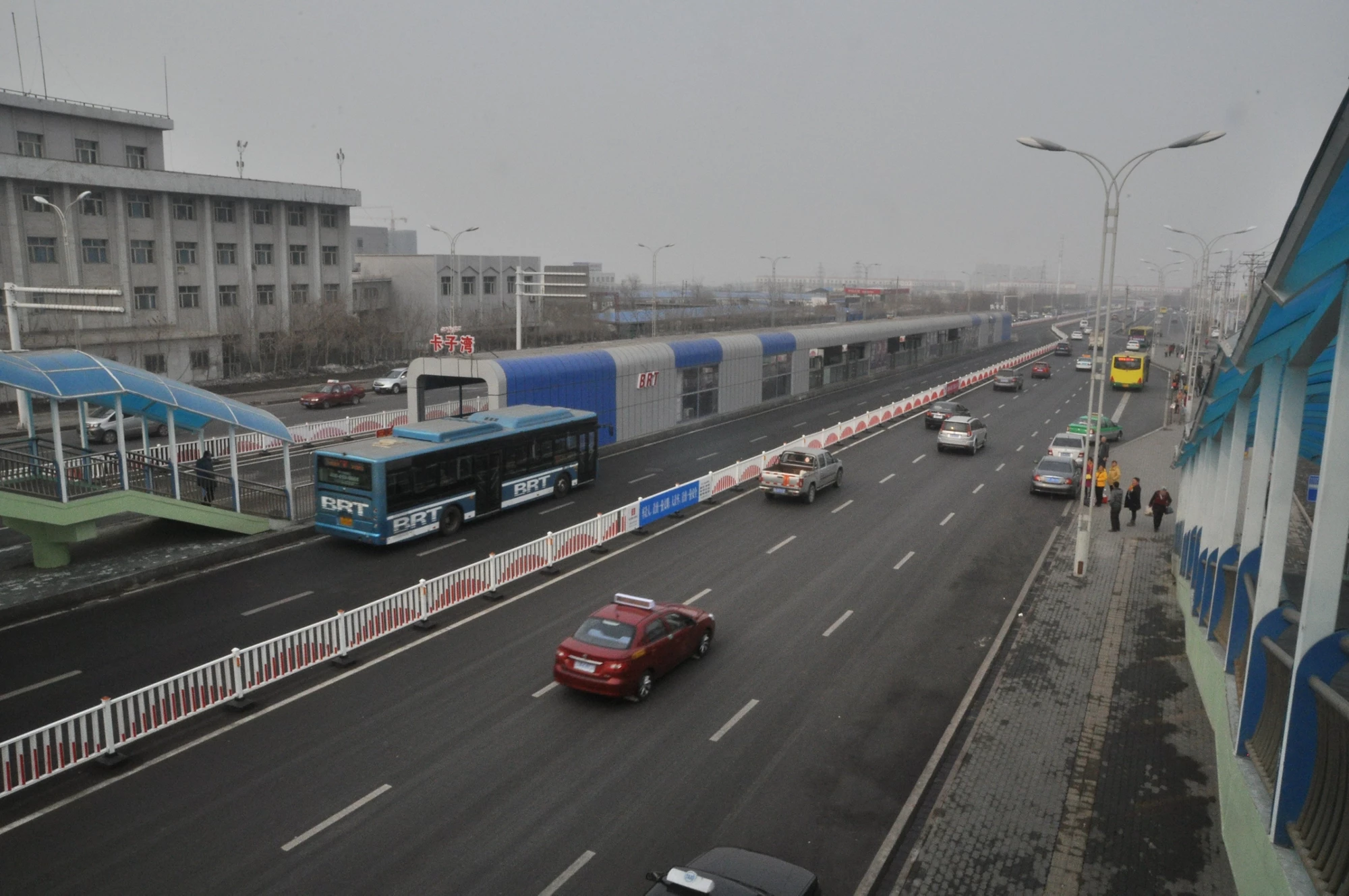
Is it possible to complete advanced contracting for the construction of Bus Rapid Transit (BRT) lines within two or three months and have the lines in operation within six months?
The simple answer is, yes.
The China Urumqi Urban Transport Project II, a US$537 million project, achieved just this as it looked to improve mobility in selected transport corridors in the city of Urumqi, the capital of the Xinjiang Province in West China.
It was also a good example of how some features of the Bank’s new Procurement Framework, expected to launch on July 1, 2016, can pave the way for smooth advance contracting and enhancement of implementation and disbursement.
Ambitious Goals
The Urumqi project was approved by the Bank’s Board in December 2015. It included:
- the construction of three BRT lines and procurement of equipment and clean energy buses
- development of a transport information management system
- construction of public transport hubs, terminals, bus parking and maintenance facilities
- and capacity building
During project preparation, the client informed the Bank team of their ambitious goals, i.e. advancing the construction of two of the three BRT corridors.
They also wanted the work — in BRT roads (23 kms long), 39 stations (including six transfer stations), three overpasses and one underpass — to be completed before the 2015 winter so the sections could start operation at the end of December 2015.
Furthermore, the client wanted to package the contracts in line with the capacity of the contractors in the market.
In other words, the project required advance contracting of 12 contracts for the construction of the selected BRT lines well before the loan was approved.
Challenges & Resolutions
This presented several challenges.
Local officials, bid evaluation committee members, the design institute, and the two firms hired to prepare technical specifications and bills of quantities were not familiar with Bank procurement policies and practices.
An additional challenge was getting counterpart financing after a new budget law was issued to limit local government’s use of financing platforms that initially raised these kinds of funds.
Here is how the Bank team tackled the case:
- Focused on proactively communicating with relevant officials and informing them about Bank procurement procedures through capacity building.
- Invited two procurement agent companies and the implementation agency for the World Bank-financed Urumqi District heating Demonstration Project to share experiences and lessons through case studies.
- Proposed taking an innovative approach and co-financing with the China Development Bank (CDB) to address the challenge in financing resources.
- Conducted market analysis to help identify the best way to achieve contract packaging that fits the capacity of the market contractors.
- Ensured that timely suggestions and contributions were followed by face-to-face discussions and hands-on support in finalizing procurement documents.
The Way Forward
As previously mentioned, the Bank’s new procurement framework will provide a broader range of procurement techniques and allow greater flexibility. Several of those features were proactively applied by the team in Urumqi including: proactive support in upstream side, systematic capacity building at project level, and market analysis for appropriate contract packaging.
This smoothly paved the way for the advance contracting, and enhancement of the implementation and disbursement.
The client started preparation of the bidding documents in May 2015 and, following an ample participation of bidders, the contracts were awarded in July and early August 2015. Open competition also helped bring the cost down from the initially estimated US$53 million to US$35 million.
More importantly, all procurement was finished within two to three months — the works were completed in December 2015 — and two BRT lines came into operation at the end of December 2015, just as planned and desired by the client.
Tweet these:
How capacity building and market analysis achieved speedy implementation in #China
Is it possible to complete contracting and have bus lines operating within 6 months?


Join the Conversation